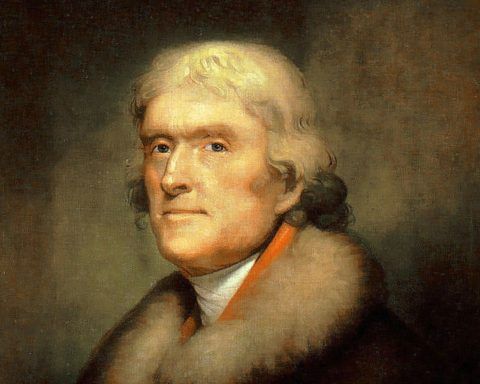Here are the portraits of famous figures from the Civil War:
The first is a Democrat. Politically, he was the polar opposite of Abraham Lincoln and the new Republican Party. He was ardently pro-slavery. He supported the Lecompton Constitution that sought to make Kansas a slave state, and favored the Dred Scott decision that threw out the Missouri Compromise and opened even Northern territories to slavery.
In 1860, this person attended the Democratic Convention. Before the party split and produced two rival nominees for president, he supported Jefferson Davis. After the split between the Northern and Southern democrats, he supported the Southern candidate, John C. Breckinridge, instead of the more moderate norther nominee, Stephen Douglas.
Our second figure looks decidedly different. He is a Union officer who worked to recruit volunteers for the Northern cause. He led a regiment into Washington D.C. to defend the capital. His quick action against the South earned him a promotion to general, and he was put in charge of Fort Monroe. While he ran the fort, the general invoked international warfare rules to declare the runaway southern slaves “contraband,” effectively emancipating them, even as President Lincoln was undermining similar actions by his other generals as an attempt to capitulate to Southern slave owners.
But this Union general was brutal toward the South. In New Orleans, he was referred to as a “Beast.” When he was placed in command of the Southern metropolis, one of his first actions was to execute William Mumford for his audacity in lowering the flag of the United States. Southerners saw him as exceedingly cruel, but he epitomized the image of a Northern patriot. Jefferson Davis, who had the political support of the first character, turned his ire on this second figure by publishing a list of his crimes against Southerners, futilely hoping to enrage the North.
Without previous knowledge of these specific details, people might think of any number of figures who could plausibly fit one of these respective character portraits. What is most certain, though, for anybody who is familiar with the standard narrative of the Civil War, is that these two figures are absolute polar opposites.
The reality, of course, is that the standard narrative — at least the one taught in most public schools — is inaccurate.
As you may have guessed at this point, both people described above are the same person: Union General Benjamin Butler. Although he was originally from Massachusetts, he was as much of a Southern, pro-slavery Democrat as you could find. The fact that he was, technically, a Northerner did not preclude him from joining the Confederacy, either. Josiah Gorgas, for example, was a Northern-born general who served the Confederacy as their Chief of Ordinance, in charge of overseeing the production of arms and ammunition.
Benjamin Butler is a case study. He’s a single example, of course, and the defenders of standard history will happily point that out. The factors involved in the eruption of the Civil War are complex and variegated. But Butler is an important illustration of what is, from the northern perspective, probably the most important factor driving people to support the war: nationalism.
In the mid-19th century, of course, nationalism, meant unionism. Butler was a strange case because of his unusual support of southern Democrats as a Northern man, but his nationalism is hardly exceptional. For decades, southern political leaders had been threatening secession, and for decades, northern leaders had responded that disunion could only result in war.
In 1850, Northern congressman Daniel Webster — who was referred to as “satanic” by New York abolitionist for his support of the Fugitive Slave Law – took to the floor of the senate and responded to threats of disunion by proclaiming, “I will not state what might produce the disruption of the Union; but, sir, I see as plainly as I see the sun in heaven what that disruption itself must produce; I see that it must produce war, and such a war as I will not describe!”
It’s true that no significant historical event can be fully explained monocausally. That does not, however, mean that a single factor cannot be dominant in driving such an event. After the South seceded, many in the North — especially the Republican-controlled government — rallied for war. But it was not opposition to slavery that compelled their action; it was nationalism.






